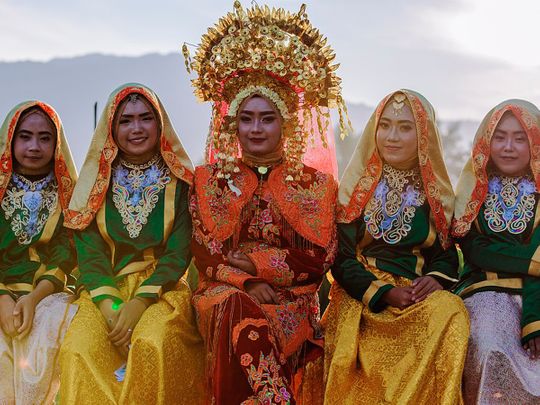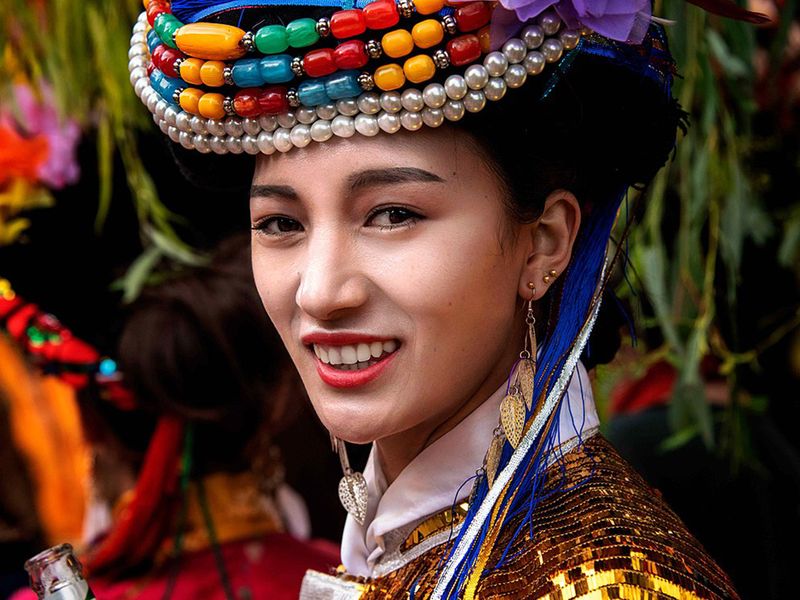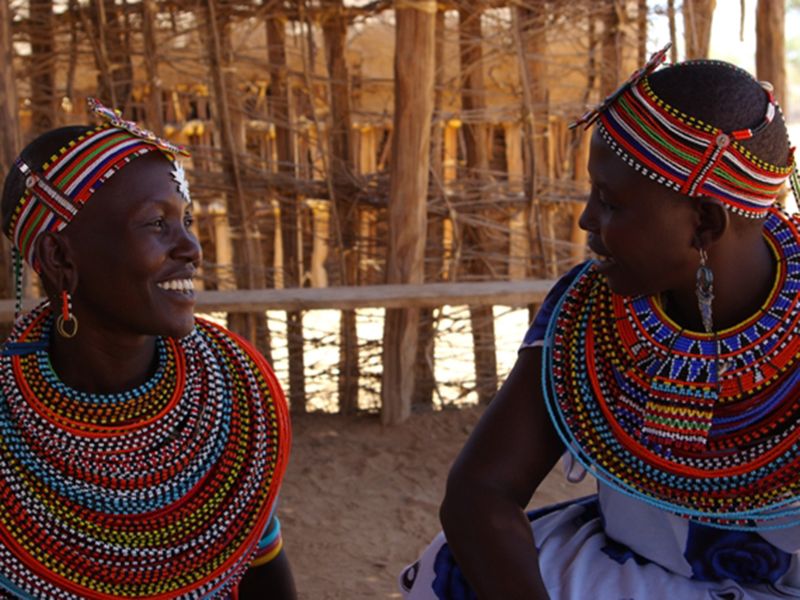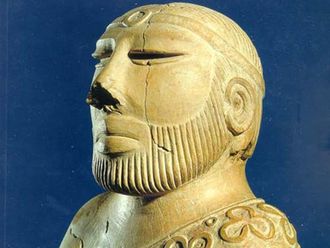
Who runs the world? In some prosperous societies, it’s women!
Click start to play today’s Spell It, where you can find the word ‘woman’.
The Amazons aren’t the only example of a women-led society that flourished. Around the world, through generations, there exist certain cultures that have been thriving under female leadership. Here are a few to know about:
1. Mosuo, China

As China’s surviving matriarchal society, the Mosuo tribe is an approximately 40,000-strong society, where lineage is traced through the women of the family. Households here are run by matriarchs, and inheritance is passed down from mother to daughter. The Mosuo don’t marry – they practice something called a ‘walking marriage’, which is a relationship that carries on through mutual consent. Men can hold positions of power in this culture – they’re usually in charge of funerals and the hunting or slaughtering of animals – but almost all leadership positions, even political, are occupied by women.
2. BriBri, Costa Rica
This is another matrilineal society – meaning inheritance and property is passed down from mother to daughter – where women lead from the front. An indigenous tribe, the BriBri tribe has an estimated 12,000-35,000 members. Women are held in such high esteem, they are the only people who can prepare the sacred cacao drink for religious rituals.
3. Umoja, Kenya

The Umoja tribe aren’t just a matriarchy, they live in a literal no-man’s land. Men are banned from the village, which was founded in 1990 by a group of 15 women as a sanctuary for those who have survived sexual or gender-based violence. Umoja means ‘unity’ in Swahili. Although there are just 47 women and 200 children in Umoja, according to UK-based news website The Guardian, the group lives frugally, and the women earn a regular income by running a campsite where nearby safari tourists stay. They also craft jewellery and run workshops on women’s rights.
4. Minangkabau, Indonesia
As the world’s largest matrilineal society, the Minangkabau population comprised approximately 4 million individuals as of 2017. Their culture is based on the concept that the mother is the most important person in society, and therefore, women have an equal – if not upper – hand in all matters. When couples marry, husbands move into their wives’ homes, and decisions are made through a consensus between men and women. Girls are treasured, and ownership of a family’s property passes down from mother to daughter.
5. Khasi, India
In 2011, the Khasi matriarchal society numbered 1 million people. According to The Guardian, only mothers and mothers-in-law are permitted to look after children – men aren’t even entitled to attend family gatherings. In this matrilineal culture, the youngest daughter inherits, children adopt their mother’s surname, and once married, men have to live in their mother-in-law’s house. Although the women don’t hold political power, Khasis are considered an ethnic minority in India and enjoy many privileges – their laws are protected, taxation is lower than anywhere else in the country, land is set aside for use in their tribal zones, and a quota system grants them the opportunity for higher education and civil service jobs.
What do you think of these unique societies? Play today’s Spell It and tell us at games@gulfnews.com.







